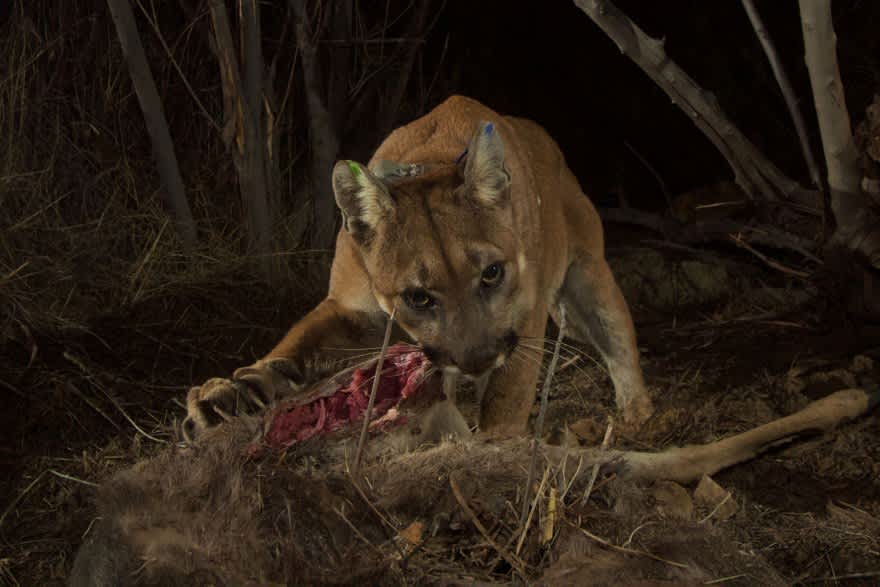University Study Suggests Reintroducing Mountain Lions to Maintain Deer Populations
Daniel Xu 07.20.16

A recent study by researchers at the University of Washington found that mountain lions could have a significant impact on deer populations, suggesting that reintroduction efforts may be beneficial in areas with a high deer population. While too much deer may seem like a dream come true for many hunters, experts say that overpopulation is a very real threat in some parts of the East Coast, and could lead to die-offs from mass starvation—not to mention property damage and presenting a road hazard for motorists. According to the study, deer are responsible for 1.2 million crashes in the US annually, resulting in more than 200 deaths and $1.66 billion in damages. Researches predict that if cougars manage to recolonize eastern states, the deer population could be cut by nearly 22 percent over the next three decades. While that number may be dramatic, researchers pointed out that the average cougar can consume up to 260 deer over the course of its lifetime.
However, reintroducing a large predatory animal into a region where they have been long absent is not a simple matter. Some experts say that the states where cougars will be most valuable, such as Delaware, Maryland, Illinois, and Maine, simply do not have the right conditions to support a recolonization effort. Mountain lions are also dangerous animals, who have a history of opportunism when it comes to livestock. Human attacks are rare, but still happen frequent enough to be cause for concern.
Some critics of any proposed plan to reintroduce cougars to eastern states have also raised the question of price. They say that cost-effective measures, such as hunting, already exist. With the departure of the whitetail’s natural predators, state agencies now rely on humans to keep the population under control, something that sportsmen undertake with gusto every fall. Moreover, fees from licenses go directly back to conservation efforts, making sure that wildlife agencies have the funds they need.
The researchers admitted that they expected some opposition to their proposals, and that not everyone may see new cougar populations as a good thing.
“It is likely that livestock producers, rural residents that fear cougars, and hunters bear the brunt of the costs of large carnivores, while agricultural producers, home-owners with landscaping, drivers, local governments, and insurance agencies reap the majority of benefits,” the study stated.
It should be noted that another study conducted last year found that mountain lions may be moving east on their own. In that study, researchers at the University of Minnesota and Southern Illinois University Carbondale found that cougars may be recolonizing the Midwest within 25 years. Understandably, if these results hold up, it could mean big changes in the realm of wildlife management.
“Given that cougars are expected to inhabit areas where they haven’t been for more than 100 years, this will pose considerable challenges for wildlife managers and the general public in the future,” said study author Michelle LaRue, a University of Minnesota research associate in the College of Science and Engineering Department of Earth Sciences.

